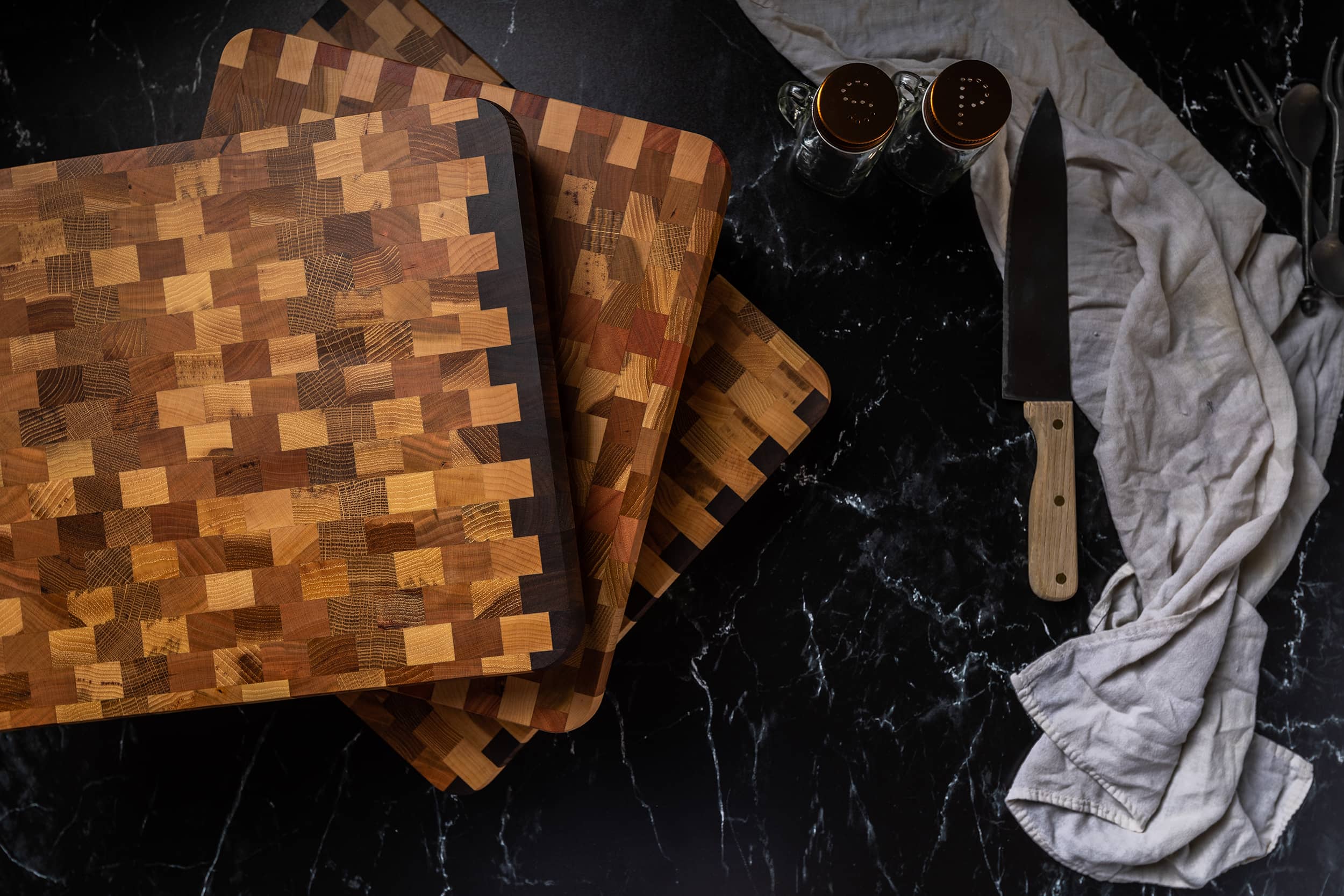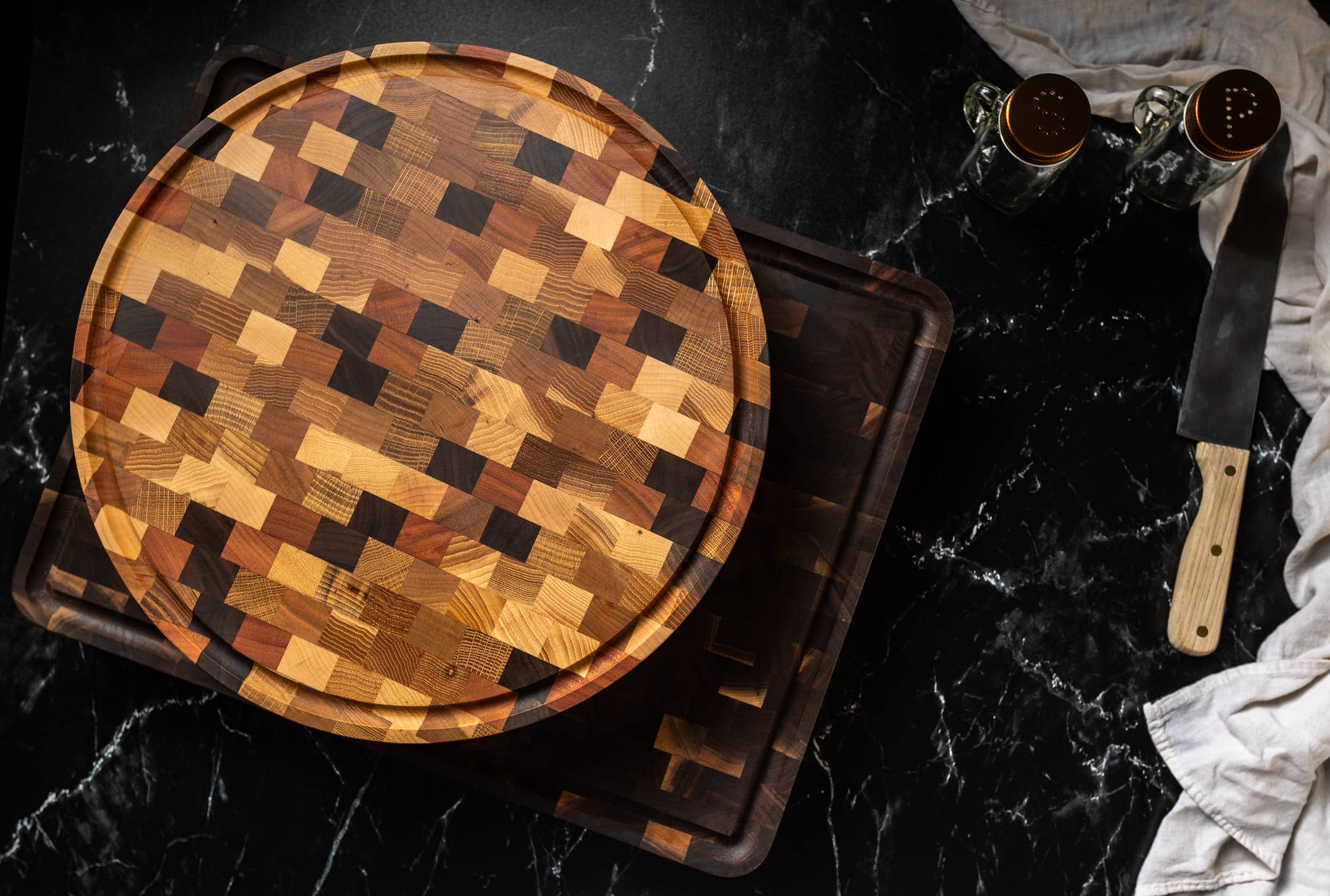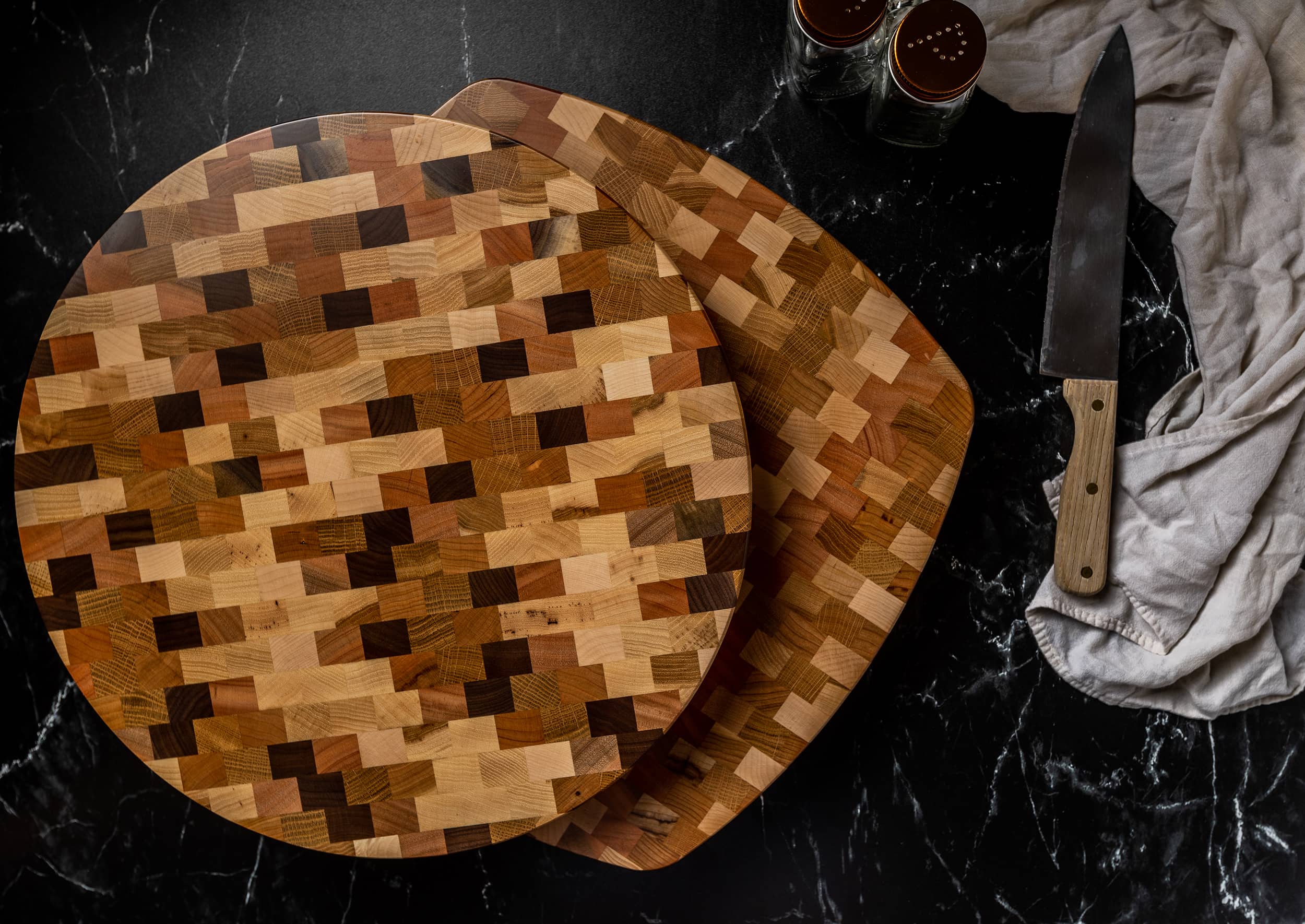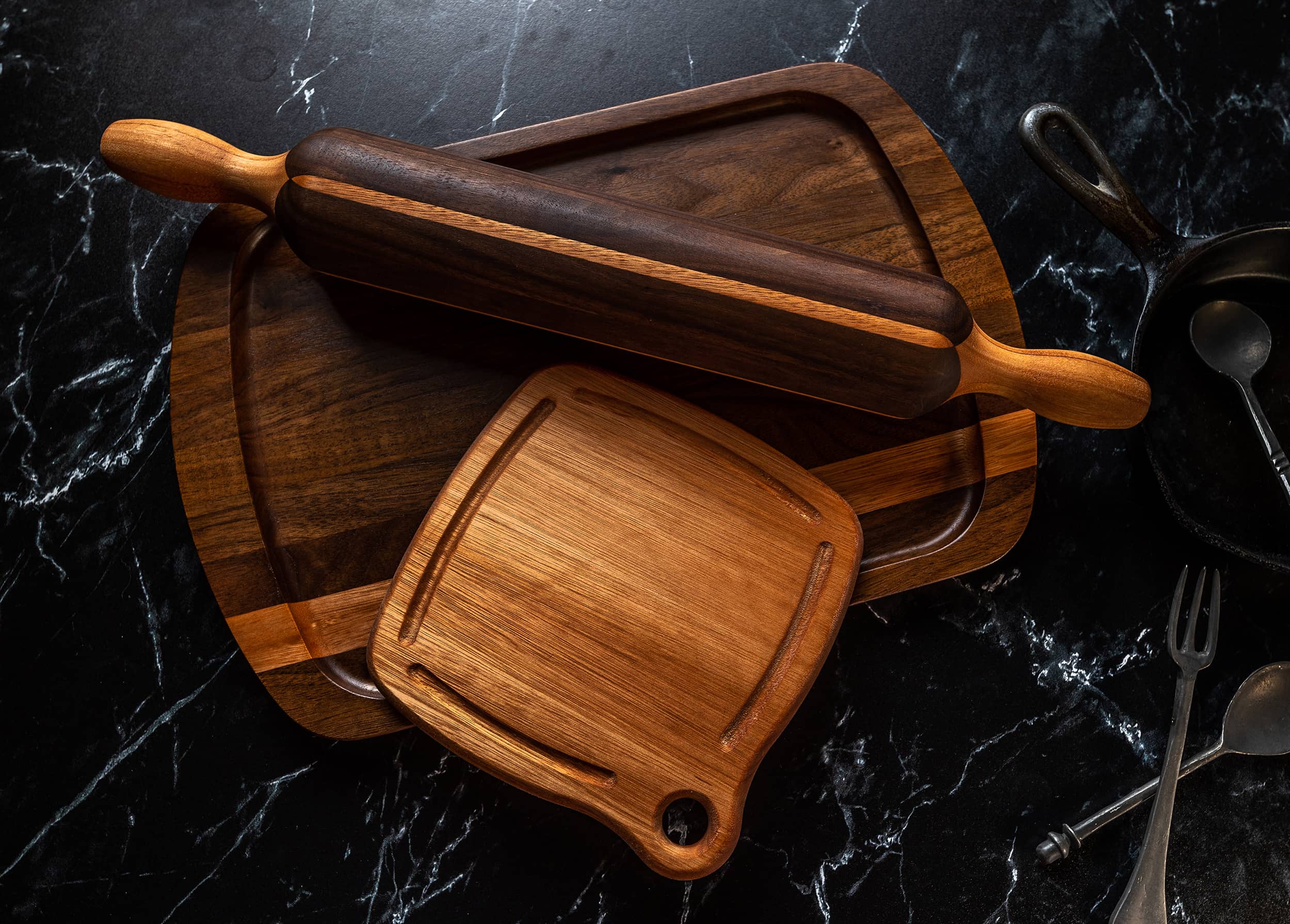Charcuterie boards have become the centerpiece of modern social gatherings, elevating any occasion with their visual appeal and culinary variety. What once began as a simple display of meats and cheeses has evolved into an art form that offers endless possibilities for creativity and personalization.
What Is a Charcuterie Board?
A charcuterie board is a carefully curated selection of meats, cheeses, fruits, nuts, and other accompaniments, all artfully arranged on a wooden board. The popularity of charcuterie boards can be attributed to their versatility, ease of preparation, and the ability to cater to a wide range of tastes. They are visually stunning while also serving as a practical way to offer a variety of flavors in one setting.
Choosing the Right Charcuterie Board
The charcuterie board itself is more than just a serving vessel; it's the canvas on which your culinary masterpiece will be displayed. A well-chosen board not only enhances the presentation but also contributes to the functionality of your spread.
Material Matters
When it comes to wooden charcuterie boards, end-grain wood is an excellent choice. End-grain boards are durable, gentle on knives, and have a unique aesthetic that showcases the natural beauty of the wood. These boards are less likely to show cuts and scratches over time, making them a long-lasting addition to your entertaining arsenal.
Size and Shape Considerations
Choosing the right size and shape of charcuterie board is essential for both presentation and practicality. Consider the number of guests and the variety of items you plan to serve when selecting your board. A larger board allows for more creativity in arrangement, while a smaller board encourages a more curated selection of items. As for shape, a rectangular charcuterie board is ideal for larger gatherings, offering ample space for a variety of ingredients, while a round charcuterie board can create a more intimate setting.
Aesthetic and Functional Features
The visual appeal of charcuterie boards is enhanced by the unique wood patterns that each board offers. These natural variations make every handcrafted charcuterie board a one-of-a-kind centerpiece. Additionally, features like built-in finger slots and finger holes make handling these boards a breeze, adding both convenience and functionality to your entertaining experience.
Selecting Ingredients for a Well-Balanced Charcuterie Board
The charcuterie board ingredients you choose are just as important as the board itself. A well-balanced charcuterie board offers a variety of flavors, textures, and colors that delight the senses.
Meat Selection
Variety is key when it comes to selecting meats for your charcuterie board. Provide a mix of cured, smoked, and fresh meats to include a range of flavors and textures. High-quality, artisanal meats sourced locally are always a good choice. When arranging the meats, consider slicing them thinly and arranging them in visually appealing patterns, such as rosettes or folds, to add an extra touch of elegance.
Cheese Selection
Cheese is the heart of any charcuterie board. Aim for a balance of flavors and textures by including a variety of cheeses, such as soft, semi-soft, hard, and blue. Pair each cheese with complementary meats to create harmonious flavor combinations. It's also important to store cheese properly before serving and to allow it to come to room temperature for optimal flavor. When placing cheeses on the board, cut them into easy-to-serve pieces and arrange them strategically for both aesthetic appeal and ease of access.
Complementary Elements
Fruits, vegetables, nuts, and spreads are the perfect complements to your meats and cheeses. Fresh and dried fruits add sweetness and balance to the savory elements, while vegetables like pickles and olives provide a tangy contrast. Nuts and seeds offer a satisfying crunch, and condiments like mustards, chutneys, and honey elevate the overall experience. Be sure to arrange these elements thoughtfully, considering both color and texture to create a visually appealing and delicious spread.
Arranging Your Charcuterie Board for Maximum Impact
The way you arrange your charcuterie board can make all the difference in its presentation and enjoyment. A well-arranged board not only looks beautiful but also makes it easy for guests to help themselves.
Visual Appeal
Applying color theory to your charcuterie board arrangement can result in a visually striking display. Balance bold, vibrant colors with more neutral tones to create contrast and draw the eye. Texture is also crucial; combining smooth, rough, soft, and crunchy elements keeps the board interesting and engaging. To add height and depth, consider using small bowls, stands, or risers for certain ingredients. Finally, garnish your board with herbs, edible flowers, or other decorative elements to give it that final touch of elegance. For inspiration, consider browsing unique charcuterie board ideas to make your presentation stand out.
Practical Considerations
While aesthetics are important, practicality should not be overlooked. Arrange charcuterie board items in a way that ensures easy access for guests, avoiding any disruptions to the overall look of the board. Additionally, consider strategies for maintaining freshness throughout the event, such as serving certain items in stages or keeping backups on hand. Creative labeling of items, whether with small signs or tags, can also enhance the guest experience by helping them identify and enjoy the various components of the board.
Pairing Your Charcuterie Board with Beverages
Pairing your charcuterie board with the right beverages can elevate the entire experience, making it more enjoyable and memorable for your guests.
Wine Pairing Basics
Wine and charcuterie are a classic combination. Pairing wines with the meats and cheeses on your board can enhance the flavors of both. Light, crisp wines like Sauvignon Blanc or Pinot Grigio pair well with soft cheeses and lighter meats, while fuller-bodied reds like Cabernet Sauvignon or Merlot complement richer, bolder flavors. For an added touch of sophistication, consider setting up a mini wine tasting to accompany your charcuterie board.
Exploring Beer and Cider Pairings
For a more casual pairing, craft beers and ciders offer a refreshing alternative to wine. A hoppy IPA can stand up to strong, flavorful cheeses, while a crisp cider pairs beautifully with fruits and lighter cheeses. Don't be afraid to experiment with different combinations to find the perfect pairing for your board.
Non-Alcoholic Beverage Pairings
Non-alcoholic options can be just as delightful as their alcoholic counterparts. Flavored sparkling waters, artisanal sodas, and even teas or coffees can complement the flavors on your charcuterie board. For daytime events, consider offering a selection of these beverages to ensure all guests have something they enjoy.
Tips for Hosting with Charcuterie Boards
Hosting with charcuterie boards is a surefire way to impress your guests, and with a few additional charcuterie board tips, you can make your gathering even more memorable.
Planning the Perfect Spread
Calculating portions is crucial to ensuring that you have enough food for all your guests. A general rule of thumb is to plan for about 2-3 ounces of meat and 3-4 ounces of cheese per person. Preparing certain elements in advance, such as slicing meats or arranging items on the board, can help reduce stress on the day of the event, allowing you to focus on enjoying the occasion.
Creating a Theme
Themed charcuterie boards add an extra layer of fun and creativity to your event. Whether you're building a seasonal board with fresh, local ingredients or a regional board featuring specialties from a particular area, a themed charcuterie board is sure to be a hit. Be sure to incorporate elements of your décor into the board, such as matching tablecloths, candles, or flowers, to tie everything together.
Encouraging Guest Interaction
Interactive elements can make your charcuterie board even more engaging. Set up a build-your-own station where guests can create their mini boards, or provide pairing guides to help them discover the best combinations of meats, cheeses, and accompaniments. These touches add to the fun, making your event more memorable.
Conclusion
Charcuterie boards are more than just a trend; they are a timeless way to elevate your entertaining and create memorable experiences for your guests. By following the tips and guidelines in this article, you can create beautiful charcuterie boards that delight both the eyes and the palate. To start your journey, explore our selection of handcrafted charcuterie boards, cutting boards, and butcher blocks, and take the first step toward mastering the art of the charcuterie board.







Leave a comment